Introduction
Mid-cap and large-cap stocks are categorized based on their market capitalization, which reflects the total value of a company's outstanding shares. Mid-cap stocks typically range between $2 billion and $10 billion, while large-cap stocks exceed $10 billion. Historically, mid-cap stocks have demonstrated higher growth rates, whereas large-cap stocks offer stability and resilience during market downturns. Comparing their historical performance provides insights into investment strategies, helping investors optimize their portfolios based on market trends and economic cycles.
Understanding Mid-Cap Stocks
Mid-cap stocks are companies with a market capitalization typically ranging between $2 billion and $10 billion. This classification places them between small-cap and large-cap stocks, offering a balance of growth potential and stability. Mid-cap companies have often moved beyond their initial growth stages but have not yet reached the scale of industry giants. Their market capitalization range can vary slightly depending on financial institutions or index providers, such as the Russell Midcap Index and the S&P MidCap 400, which use different criteria to define mid-cap stocks.
Mid-cap stocks generally offer higher growth potential than large-cap stocks while maintaining more stability than small-cap stocks. These companies often operate in expanding industries, leveraging innovation and market share growth to increase their valuations. Mid-cap stocks also tend to have greater liquidity than small-cap stocks, allowing for efficient trade execution without major price fluctuations.
Understanding Large-Cap Stocks
Large-cap stocks are shares of companies with a market capitalization of $10 billion or more. These firms are typically well-established, financially stable, and industry leaders with significant market influence. Large-cap stocks are often included in major indices such as the S&P 500 and Dow Jones Industrial Average, reinforcing their role in shaping global financial markets.
The financial resilience of large-cap companies is one of their defining characteristics. These firms tend to have strong revenue streams, diversified business operations, and access to substantial resources, allowing them to navigate market fluctuations effectively.
Many large-cap stocks also provide dividends, making them appealing to income-focused investors. Large-cap stocks provide investors with a balance of stability and growth potential, making them essential components of diversified portfolios. Their inclusion in major stock indices further solidifies their importance in shaping investment strategies and market trends.
Historical Performance Trends
Mid-cap and large-cap stocks have exhibited distinct long-term return patterns, influenced by market cycles and economic conditions. Historically, mid-cap stocks have outperformed large-cap stocks over extended periods, particularly in 20- to 30-year time frames. Key market cycles have played a crucial role in shaping the growth trajectories of mid-cap and large-cap stocks.
Large-cap stocks tend to perform well during periods of economic uncertainty, benefiting from their financial stability and established market positions. Mid-cap stocks, on the other hand, often thrive during economic expansions, as investors seek higher-growth opportunities. Notable economic events, such as the dot-com boom, 2008 financial crisis and COVID-19 pandemic, have impacted stock valuations across both categories. Additionally, inflationary pressures and interest rate policies continue to shape investment strategies.
Volatility and Risk Considerations
Mid-cap stocks tend to experience higher volatility compared to large-cap stocks due to their smaller market capitalization and growth-oriented nature. These companies often operate in expanding industries, making them more sensitive to economic cycles and investor sentiment. During market downturns, mid-cap stocks may see sharper declines, but they also have the potential for stronger rebounds when conditions improve.
Large-cap stocks, on the other hand, benefit from greater financial stability and established market positions, making them less susceptible to extreme price swings. Investors often employ risk management strategies such as diversification and defensive sector allocations to mitigate potential losses. Large-cap companies frequently offer dividends.
Balancing risk and reward in portfolio allocations requires careful consideration of investment objectives and market conditions. A diversified portfolio that includes both mid-cap and large-cap stocks can optimize returns while managing volatility. Investors seeking growth may allocate a higher percentage to mid-cap stocks, while those prioritizing stability may favor large-cap holdings.
Growth Potential and Investment Returns
Mid-cap companies often exhibit strong revenue growth due to their ability to expand market share and innovate within their industries. Investors seeking higher returns often allocate a portion of their portfolios to mid-cap stocks, recognizing their potential for long-term appreciation. Large-cap stocks, on the other hand, provide consistent dividend payouts, making them attractive to income-focused investors. These companies have well-established revenue streams and financial stability, allowing them to distribute earnings to shareholders regularly.
Many large-cap stocks are included in dividend growth indices, reinforcing their reliability as income-generating assets. For example, companies like Visa, AbbVie, and JPMorgan Chase have demonstrated strong dividend growth over time, offering investors a steady income stream alongside capital appreciation. There are many case studies of standout performers that highlight the differences between mid-cap and large-cap stocks. Understanding these distinctions helps investors tailor their portfolios to balance growth potential with financial stability, ensuring optimal returns based on individual investment goals.
Sector Breakdown and Market Influence
Mid-cap stocks often demonstrate higher growth rates in industries that are expanding or undergoing technological advancements. Sectors such as technology, healthcare, and consumer discretionary frequently see mid-cap companies outperforming due to their ability to innovate and capture market share. Additionally, mid-cap stocks in emerging industries, such as renewable energy and artificial intelligence, have shown strong growth potential, attracting investors looking for higher returns.
Large-cap stocks play a crucial role in shaping global markets, influencing economic trends and investment strategies. These companies dominate industries such as finance, energy, and technology, setting benchmarks for market performance. Large-cap firms often benefit from extensive resources, allowing them to invest in research, acquisitions, and international expansion. Their stability and financial strength make them attractive to institutional investors, reinforcing their market influence.
Sector trends significantly shape stock performance over time, affecting both mid-cap and large-cap companies. Economic cycles, technological advancements, and consumer preferences drive sector shifts, influencing investment opportunities.
Investment Strategies for Mid-Cap and Large-Cap Stocks
Portfolio diversification is essential when investing in mid-cap and large-cap stocks. Mid-cap stocks offer higher growth potential but come with increased volatility, making them suitable for investors seeking aggressive expansion. Large-cap stocks, on the other hand, provide stability and consistent returns, making them ideal for conservative portfolios. A well-diversified strategy may include a mix of both, balancing risk and reward.
Short-term and long-term holding strategies differ based on investment objectives. Investors focused on long-term wealth preservation often prioritize large-cap stocks, while those seeking higher returns may incorporate mid-cap stocks into their portfolios. Understanding market trends and economic cycles helps investors determine the optimal holding period for each category. Aligning investments with financial goals requires careful planning and risk assessment. Investors seeking growth may allocate a higher percentage to mid-cap stocks, while those prioritizing stability may favor large-cap holdings.
Conclusion
Mid-cap and large-cap stocks each offer distinct advantages, shaping investment strategies based on growth potential, stability, and market influence. Mid-cap stocks provide higher returns and flexibility, appealing to investors seeking expansion opportunities, while large-cap stocks offer resilience and consistent dividends, making them reliable long-term holdings. Historical performance trends, sector dynamics, and risk considerations highlight the importance of diversifying portfolios with both categories. Understanding these differences enables investors to make informed decisions, balancing risk and reward while aligning investments with their financial goals and market conditions.
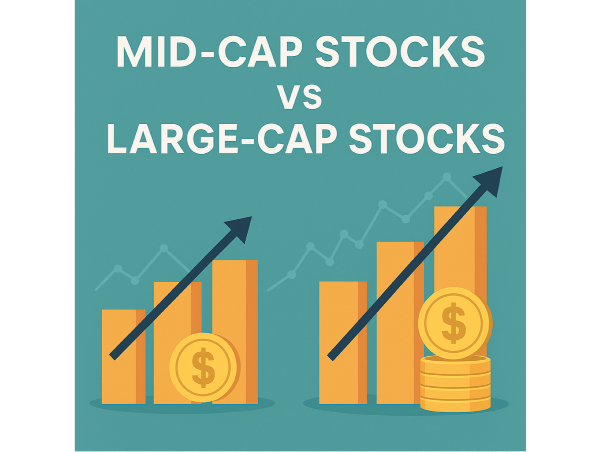

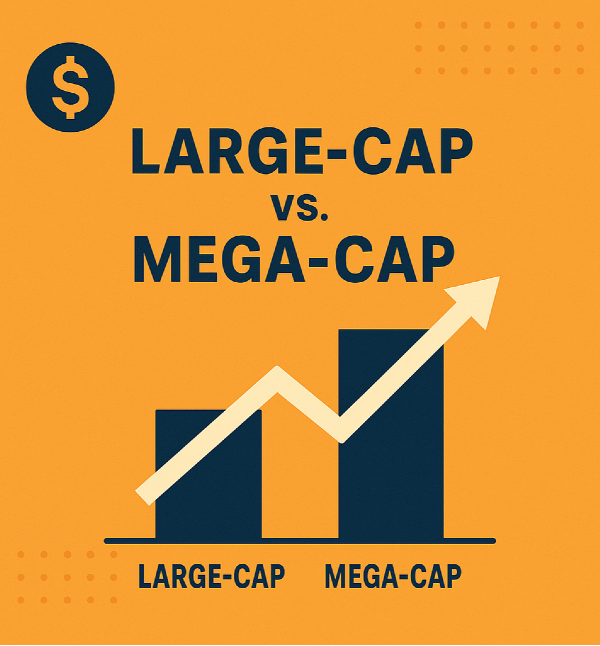
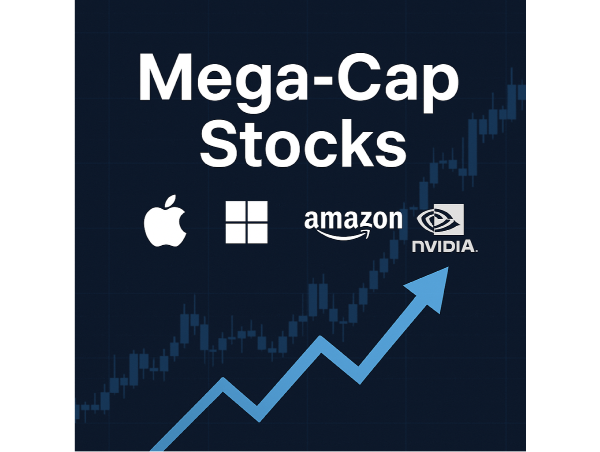
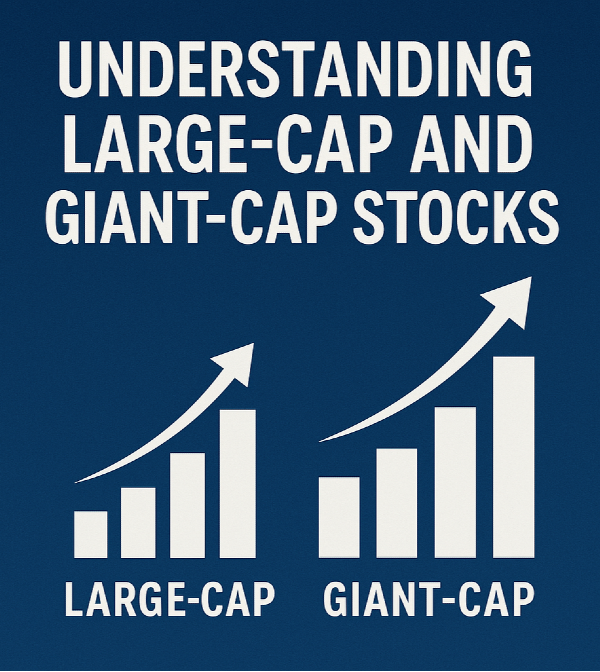



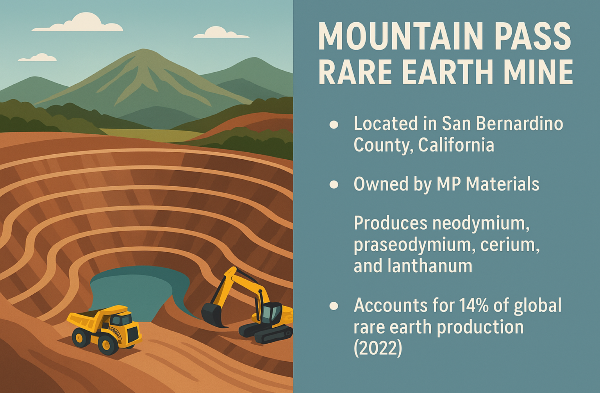
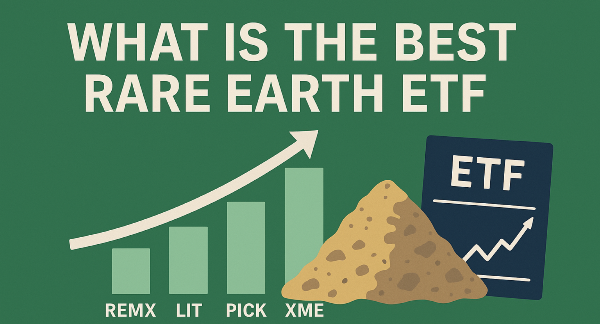


















Introduction
Mid-cap and large-cap stocks are categorized based on their market capitalization, which reflects the total value of a company's outstanding shares. Mid-cap stocks typically range between $2 billion and $10 billion, while large-cap stocks exceed $10 billion. Historically, mid-cap stocks have demonstrated higher growth rates, whereas large-cap stocks offer stability and resilience during market downturns. Comparing their historical performance provides insights into investment strategies, helping investors optimize their portfolios based on market trends and economic cycles.
Understanding Mid-Cap Stocks
Mid-cap stocks are companies with a market capitalization typically ranging between $2 billion and $10 billion. This classification places them between small-cap and large-cap stocks, offering a balance of growth potential and stability. Mid-cap companies have often moved beyond their initial growth stages but have not yet reached the scale of industry giants. Their market capitalization range can vary slightly depending on financial institutions or index providers, such as the Russell Midcap Index and the S&P MidCap 400, which use different criteria to define mid-cap stocks.
Mid-cap stocks generally offer higher growth potential than large-cap stocks while maintaining more stability than small-cap stocks. These companies often operate in expanding industries, leveraging innovation and market share growth to increase their valuations. Mid-cap stocks also tend to have greater liquidity than small-cap stocks, allowing for efficient trade execution without major price fluctuations.
Understanding Large-Cap Stocks
Large-cap stocks are shares of companies with a market capitalization of $10 billion or more. These firms are typically well-established, financially stable, and industry leaders with significant market influence. Large-cap stocks are often included in major indices such as the S&P 500 and Dow Jones Industrial Average, reinforcing their role in shaping global financial markets.
The financial resilience of large-cap companies is one of their defining characteristics. These firms tend to have strong revenue streams, diversified business operations, and access to substantial resources, allowing them to navigate market fluctuations effectively.
Many large-cap stocks also provide dividends, making them appealing to income-focused investors. Large-cap stocks provide investors with a balance of stability and growth potential, making them essential components of diversified portfolios. Their inclusion in major stock indices further solidifies their importance in shaping investment strategies and market trends.
Historical Performance Trends
Mid-cap and large-cap stocks have exhibited distinct long-term return patterns, influenced by market cycles and economic conditions. Historically, mid-cap stocks have outperformed large-cap stocks over extended periods, particularly in 20- to 30-year time frames. Key market cycles have played a crucial role in shaping the growth trajectories of mid-cap and large-cap stocks.
Large-cap stocks tend to perform well during periods of economic uncertainty, benefiting from their financial stability and established market positions. Mid-cap stocks, on the other hand, often thrive during economic expansions, as investors seek higher-growth opportunities. Notable economic events, such as the dot-com boom, 2008 financial crisis and COVID-19 pandemic, have impacted stock valuations across both categories. Additionally, inflationary pressures and interest rate policies continue to shape investment strategies.
Volatility and Risk Considerations
Mid-cap stocks tend to experience higher volatility compared to large-cap stocks due to their smaller market capitalization and growth-oriented nature. These companies often operate in expanding industries, making them more sensitive to economic cycles and investor sentiment. During market downturns, mid-cap stocks may see sharper declines, but they also have the potential for stronger rebounds when conditions improve.
Large-cap stocks, on the other hand, benefit from greater financial stability and established market positions, making them less susceptible to extreme price swings. Investors often employ risk management strategies such as diversification and defensive sector allocations to mitigate potential losses. Large-cap companies frequently offer dividends.
Balancing risk and reward in portfolio allocations requires careful consideration of investment objectives and market conditions. A diversified portfolio that includes both mid-cap and large-cap stocks can optimize returns while managing volatility. Investors seeking growth may allocate a higher percentage to mid-cap stocks, while those prioritizing stability may favor large-cap holdings.
Growth Potential and Investment Returns
Mid-cap companies often exhibit strong revenue growth due to their ability to expand market share and innovate within their industries. Investors seeking higher returns often allocate a portion of their portfolios to mid-cap stocks, recognizing their potential for long-term appreciation. Large-cap stocks, on the other hand, provide consistent dividend payouts, making them attractive to income-focused investors. These companies have well-established revenue streams and financial stability, allowing them to distribute earnings to shareholders regularly.
Many large-cap stocks are included in dividend growth indices, reinforcing their reliability as income-generating assets. For example, companies like Visa, AbbVie, and JPMorgan Chase have demonstrated strong dividend growth over time, offering investors a steady income stream alongside capital appreciation. There are many case studies of standout performers that highlight the differences between mid-cap and large-cap stocks. Understanding these distinctions helps investors tailor their portfolios to balance growth potential with financial stability, ensuring optimal returns based on individual investment goals.
Sector Breakdown and Market Influence
Mid-cap stocks often demonstrate higher growth rates in industries that are expanding or undergoing technological advancements. Sectors such as technology, healthcare, and consumer discretionary frequently see mid-cap companies outperforming due to their ability to innovate and capture market share. Additionally, mid-cap stocks in emerging industries, such as renewable energy and artificial intelligence, have shown strong growth potential, attracting investors looking for higher returns.
Large-cap stocks play a crucial role in shaping global markets, influencing economic trends and investment strategies. These companies dominate industries such as finance, energy, and technology, setting benchmarks for market performance. Large-cap firms often benefit from extensive resources, allowing them to invest in research, acquisitions, and international expansion. Their stability and financial strength make them attractive to institutional investors, reinforcing their market influence.
Sector trends significantly shape stock performance over time, affecting both mid-cap and large-cap companies. Economic cycles, technological advancements, and consumer preferences drive sector shifts, influencing investment opportunities.
Investment Strategies for Mid-Cap and Large-Cap Stocks
Portfolio diversification is essential when investing in mid-cap and large-cap stocks. Mid-cap stocks offer higher growth potential but come with increased volatility, making them suitable for investors seeking aggressive expansion. Large-cap stocks, on the other hand, provide stability and consistent returns, making them ideal for conservative portfolios. A well-diversified strategy may include a mix of both, balancing risk and reward.
Short-term and long-term holding strategies differ based on investment objectives. Investors focused on long-term wealth preservation often prioritize large-cap stocks, while those seeking higher returns may incorporate mid-cap stocks into their portfolios. Understanding market trends and economic cycles helps investors determine the optimal holding period for each category. Aligning investments with financial goals requires careful planning and risk assessment. Investors seeking growth may allocate a higher percentage to mid-cap stocks, while those prioritizing stability may favor large-cap holdings.
Conclusion
Mid-cap and large-cap stocks each offer distinct advantages, shaping investment strategies based on growth potential, stability, and market influence. Mid-cap stocks provide higher returns and flexibility, appealing to investors seeking expansion opportunities, while large-cap stocks offer resilience and consistent dividends, making them reliable long-term holdings. Historical performance trends, sector dynamics, and risk considerations highlight the importance of diversifying portfolios with both categories. Understanding these differences enables investors to make informed decisions, balancing risk and reward while aligning investments with their financial goals and market conditions.